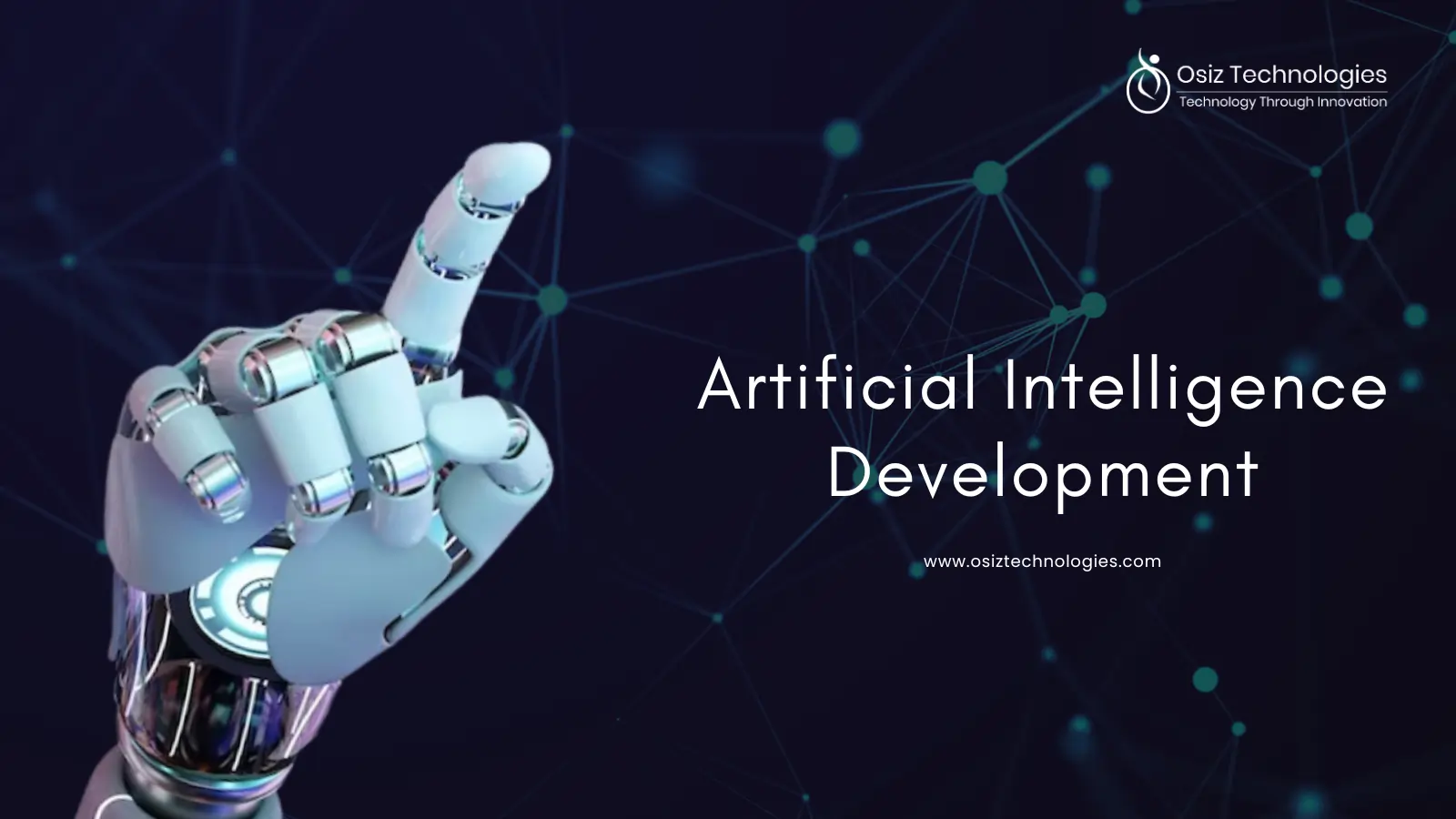In today's rapidly evolving technological landscape, the convergence of Augmented Reality (AR), Virtual Reality (VR), the Internet of Things (IoT), and Data Visualization is creating fresh pathways of innovation and possibilities. These cutting-edge technologies are transforming how we engage with data, environments, and one another. A breakthrough synergy arises by integrating the immersive experiences of AR and VR with IoT's networked capabilities and insights generated from data visualization.
Defining AR, VR, IoT, and Data Visualization
Augment Reality overlays digital content onto the real world, enhancing our perception of reality. Virtual Reality immerses users in a completely virtual environment. IoT connects everyday objects to the internet, enabling them to send and receive data. Data Visualization turns raw data into visual representations that are easier to understand and interpret.
Importance of Integrating AR, VR, IoT, and Data Visualization Technologies
By integrating AR, VR, IoT, and Data Visualization, businesses can create more engaging experiences, make data-driven decisions, and unlock new possibilities for innovation. The synergy of these technologies opens up a world of opportunities for enhancing how we interact with information and the world around us.
The Intersection of AR, VR, and IoT Technologies
IoT serves as the backbone that connects devices and sensors, allowing for seamless communication between physical objects and digital platforms. Businesses that integrate IoT with AR and VR can build dynamic, data-driven experiences that adapt in real-time to users' real-world interactions.
Enhancing Data Visualization with AR and VR
AR and VR provide unique perspectives for exhibiting complex data sets, allowing users to interact with the data in three dimensions and get deeper insights. These technologies improve data accessibility and engagement, resulting in better decision-making and problem-solving.
From interactive data overlays in AR to immersive data landscapes in VR, utilizing these technologies for data visualization has the potential to alter how we analyze and interpret information. AR and VR improve data visualization by combining spatial awareness with user-friendly interfaces.
Applications of AR, VR in IoT, and Data Visualization
Healthcare:
AR and VR visualize patient data and improve surgical precision, resulting in better diagnostics and treatments via immersive, real-time insights.
Manufacturing:
AR glasses provide real-time assembly instructions, while VR replicates production lines to improve operations and reduce errors.
Smart Homes:
Homeowners utilize augmented reality to control IoT devices, making it easier to regulate lighting, temperature, and security systems.
Education:
AR and VR enable interactive learning experiences, allowing students to engage with complex subjects through immersive simulations.
Retail:
AR improves the shopping experience by allowing customers to visualize products in their surroundings, while VR provides virtual store tours, which increase engagement and sales.
Exploring the Business Opportunities of AR, VR, and IoT Integration
-
Predictive Maintenance and Remote Assistance
-
Revolutionizing Customer Experience and Driving Sales
-
Streamlined Training and Enhanced Employee Efficiency
-
Optimized Operations and Data-Driven Decision Making
The Future is Bright
The potential of AR, VR, IoT integration, and data visualization is undeniable. As these technologies grow more accessible and user-friendly, businesses that adopt them will have a huge competitive edge. This convergence is poised to change the way we engage with data, build products, train personnel, and, eventually, conduct business. Businesses that are willing to venture into this fascinating new frontier will have a great future.
Conclusion
As we move through the twenty-first century, the fusion of AR, VR, IoT, and data visualization is reshaping the technological landscape. Osiz, a pioneering AR VR development company, is at the forefront of this evolution, driving innovation and opening up new opportunities for business success. Using these cutting-edge technologies, Osiz enables businesses to make data-driven decisions, improve customer experiences, and optimize operations.
The convergence of AR, VR, IoT, and Data Visualization is more than a trend; it is a revolution that is transforming our relationship with data and the world around us. Businesses that embrace convergence will gain unparalleled advantages in a competitive economy. With Osiz leading the way, the future of integrated technological solutions is not only bright but limitless.
Listen To The Article
Recent Blogs

X-Mas 30%
Offer











